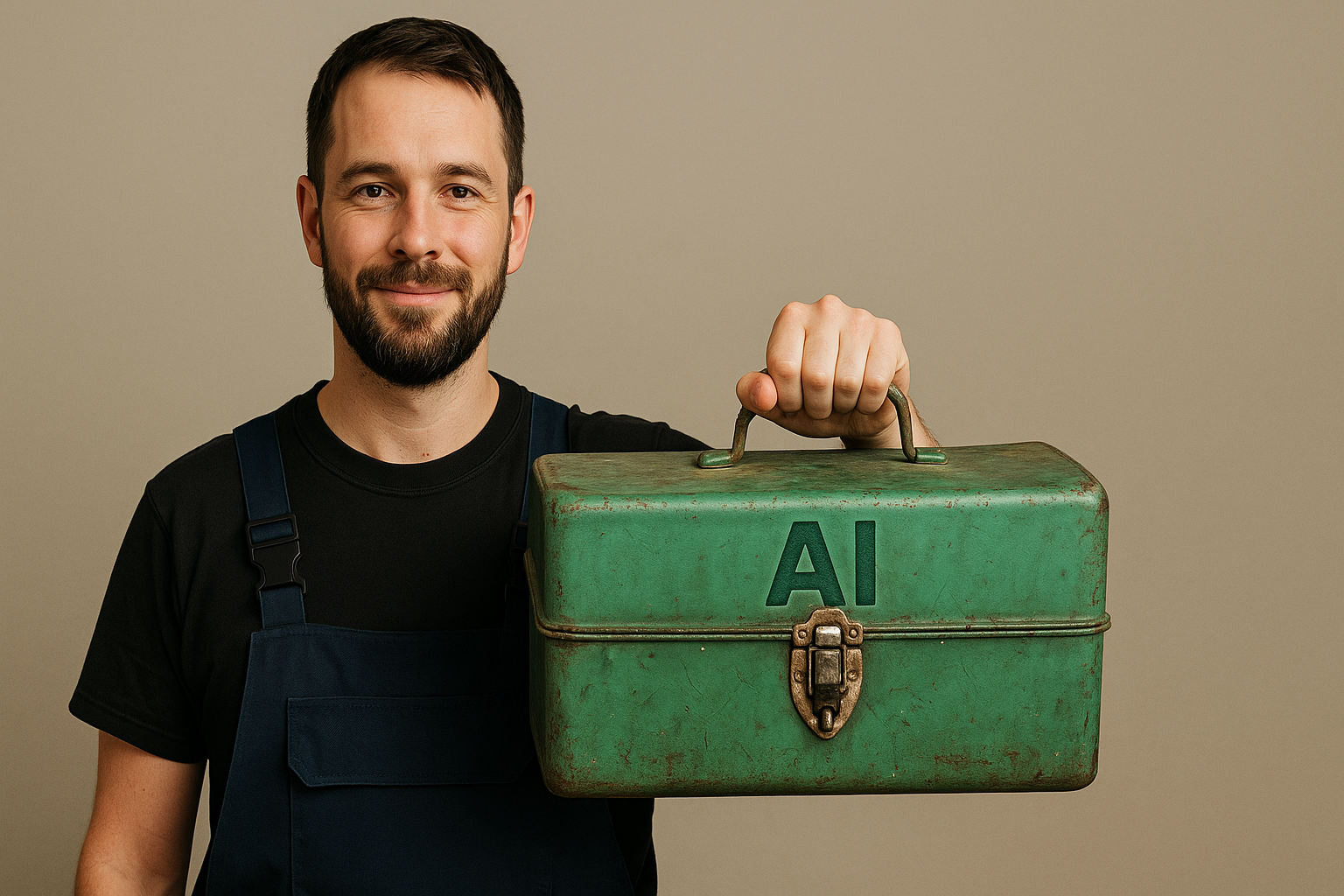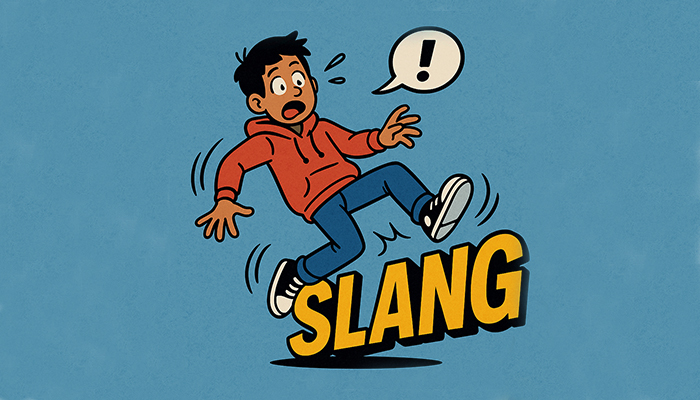How to Build an Effective Website Translation Strategy

Why Structure Matters in Website Translation
Website translation is a critical component of global business expansion, yet it’s not as simple as converting text into another language.
Without a well-structured approach, translation efforts can lead to inconsistent messaging, cultural insensitivity, and costly inefficiencies. A clear strategy ensures your website speaks to your target audience with precision and purpose.
In this guide, we outline the key steps to building an effective website translation strategy, providing actionable insights for seamless execution.
Assessing Your Website’s Needs
Every successful strategy begins with understanding the scope and purpose of the project. Before diving into translation, assess your website’s current state and the specific needs of your target audience.
1. Content Audit
- Identify the types of content on your website, such as blogs, product descriptions, or legal pages.
- Classify them by priority and determine which sections require translation.
- Be realistic about your budget; websites often contain thousands of words, but not all content needs to be translated immediately.
- Focus on high-impact pages to get started.
2. Target Audience Analysis
- Study the cultural and linguistic preferences of your target markets.
- Understand local nuances, such as preferred communication styles or region-specific terminology.
- Research how competitors are localising their content and identify gaps or opportunities.
3. Technical Assessment
- Evaluate your CMS and technical infrastructure to ensure it supports multilingual functionality and seamless integration with translation tools.
- Confirm that your CMS can handle different character sets and text directions (e.g., right-to-left for Arabic).
With a realistic understanding of your website’s needs—including prioritising high-impact pages and staying mindful of budget constraints—you can set a strong foundation for an efficient and focused translation process.
Setting Goals and KPIs for Translation Success
Defining clear objectives and metrics is essential for measuring the success of your website translation efforts. These goals should align with your broader business objectives and address specific audience needs.
1. Establish Clear Objectives
- Define what success looks like for your translation project.
- If your goal is to increase international sales, focus on translating product pages and localising pricing information.
- For improving user engagement, prioritise translating blogs, customer support content, and interactive features.
- Expanding brand awareness might mean ensuring your messaging resonates culturally in each target region.
2. Define KPIs
- Increased traffic from target regions
- Improved conversion rates on translated pages
- Reduced bounce rates in localised markets
3. Set Milestones
- Break the project into manageable phases, such as completing the translation of high-priority pages within a specific timeframe.
- Start with one or two key markets or languages and scale from there.
- This phased approach allows you to allocate resources efficiently and refine your processes before scaling to additional languages.
By aligning translation goals with business objectives, you ensure that your efforts deliver measurable results.
Selecting the Right Tools
The right tools can streamline your translation workflow, improve accuracy, and reduce costs. Evaluate options based on your specific needs.
1. CMS Integration
- Choose a CMS that supports multilingual functionality and integrates with translation tools, such as WordPress with WPML or Drupal with its built-in language features.
- Ensure the CMS allows for exporting and importing XLIFF or CSV files. This feature reduces the time spent manually inserting translated text into the website.
2. CAT Tools and Plugins
- Confirm that your chosen translation agency leverages Computer-Assisted Translation (CAT) tools, such as XTM, SDL aTrados, or memoQ.
- These tools improve quality by ensuring consistent terminology, catching potential errors, and streamlining workflows.
- Productivity is also improved as CAT tools provide translation memories and allow for efficient collaboration.
3. Glossaries and Style Guides
- Glossaries and style guides ensure consistency in translation.
- Establishing clear guidelines for word usage and tone before translation begins is crucial.
- Changing style or terminology after translation can add significant costs, making it essential to set these parameters early.
Selecting the right tools ensures your team can work efficiently and produce high-quality localized content.
Building a Workflow: Translation, Localization, QA, and Updates
An effective workflow keeps your translation project on track and ensures quality at every stage.
1. Translation
Translate the content while maintaining accuracy and cultural relevance. Use professional translators who are native speakers of the target language.
2. Localization
Adapt the content to suit the cultural context of the target audience. This may include adjusting visuals, formatting, or even tone.
3. Quality Assurance (QA)
Conduct thorough reviews to catch errors and ensure that the translated content aligns with your brand guidelines.
4. Continuous Updates
Websites are dynamic. Establish a process for updating translations as new content is created or existing content changes.
By establishing a clear workflow, you ensure a consistent and high-quality user experience across all languages.
Conclusion: Planning for Seamless Execution
Building an effective website translation strategy is not just about linguistic accuracy—it’s about creating a cohesive, culturally relevant experience for your global audience.
By assessing your website’s needs, setting clear goals, selecting the right tools, and building a structured workflow, you can achieve a seamless execution that drives meaningful engagement and growth.
Investing time in planning and strategy pays off in the form of reduced costs, improved efficiency, and stronger connections with your audience. Start with a thoughtful approach, and you’ll be well-positioned to make your mark on the global stage.
Key Takeaways
- A clear website translation strategy ensures consistent messaging and cultural relevance.
- Assess your website’s content, audience, and technical setup before starting.
- Define specific goals and KPIs to measure success.
- Use the right CMS, CAT tools, and glossaries to improve accuracy and efficiency.
- Create a structured workflow for translation, localization, QA, and updates.
- Start with high-priority pages and scale gradually to new markets.






